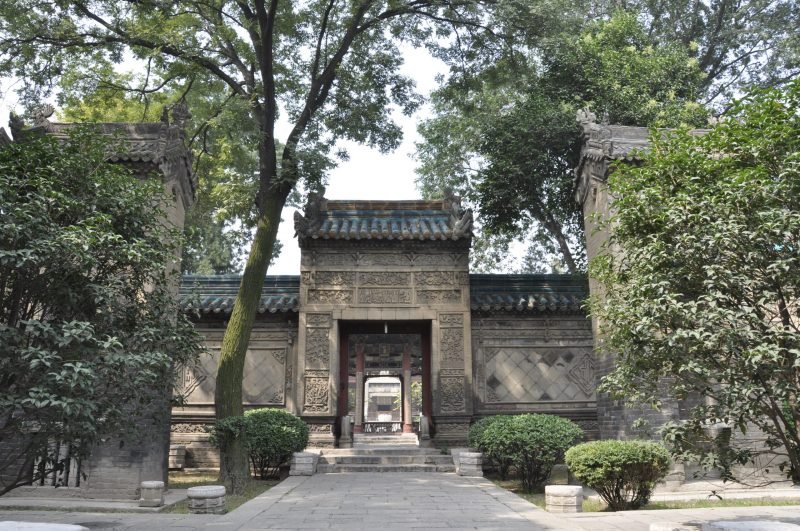If China’s Three Gorges Dam were as large as the controversy surrounding it, this would surely be the biggest dam in the world. Although it is the world’s largest in terms of electrictiy production and overall investment, it is not the biggest dam in the world. A close comparison in terms of size would be the Grand Coulee Dam in the U.S. which is slightly larger.
This is not to understate the impact the dam will have on China’s future development in terms of flood control, » Read more »
» Read more »The Three Gorges were so named from the late Han dynastic period (23 – 220 AD). This nomenclature groups into a set of three the numerous shoals and gorges of the Yangzi river between Wanxian and Yichang. The Three Gorges are the Qutang Gorge (8km long), the Wuxia Gorge (45km long) and the Xilong (66km long) Gorge.
The gorges are as fabled today as they have been throughout the past two millennia. » Read more »
» Read more »In 1897, Isabella Bird asked her acquaintance Mr. Endecott how she might occupy herself during the voyage up the Yangzi. "You'll have enough to do looking after your life," he enjoined.
*
The Yangzi was such a major trade and communication route that as soon as the Communist government came to power in 1949, one of its priorities was to improve the Upper Yangzi's navigability. By dynamiting its many small gorges and submarine perils, » Read more »
» Read more »Day One
You will fly to Chongqing in Sichuan province, arriving in the evening where you will board Viking River Cruises' new ship, the "Century Sky". (Yangzi Explorer) (D)
Day Two
Sailing downstream, you will soon arrive at Shibaozhai, a red, multi-storied temple built during the reign of Emperor Qianlong (1736-96). The addition of a wooden staircase has made a substantial improvement on the original means of ascending this cliff-face temple – » Read more »
» Read more »The History of the Silk and Fur Roads
The incursions of the Xiongnu, a savage Turkic tribe that regularly pillaged the towns on China’s northern border, prompted the Han Emperor Wudi (r. 140-86BC) to seek Western allies for a joint attack. For this military reconnaissance mission he sent out one hundred men, led by Zhang Qian, who took thirteen years to report back with tales of glittering western cities and alien cultures. » Read more »
» Read more »



